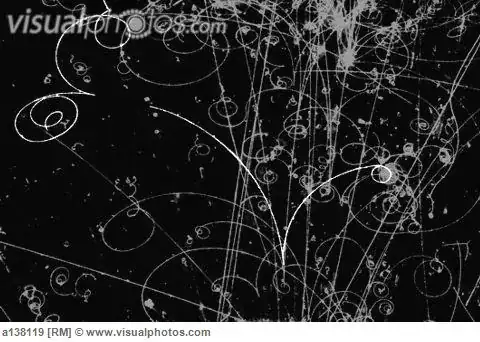This is a clarifying answer.
Here are particle antiparticle pairs in a bubble chamber photo from Fermi lab, created by the reaction
gamma + proton -->electron positron pair + proton

The gamma is unseen before it hits the proton ,because it does not ionize and when it hits the proton, most of its energy is taken up by the new pair production.
As one can see the products do not have the velocity of light but maybe a few hundreds to a few MeV each. The momentum can be calculated from the curvature given the value of the magnetic field, which is perpendicular to the page. The tracks end in spirals because the electrons ( positrons) ionize the fluid, and so we can see the tracks, but there is loss of momentum and energy due to this ionization, creating the spiral.
In the center of mass of the initial state "proton gamma" the three particles acquire their momentum from the conservation of momentum and energy laws. The matrix element kinematics are such that the target proton is a spectator, very seldom seen with a mm track in the chamber and the electron positron pair take most of the energy of the gamma..
